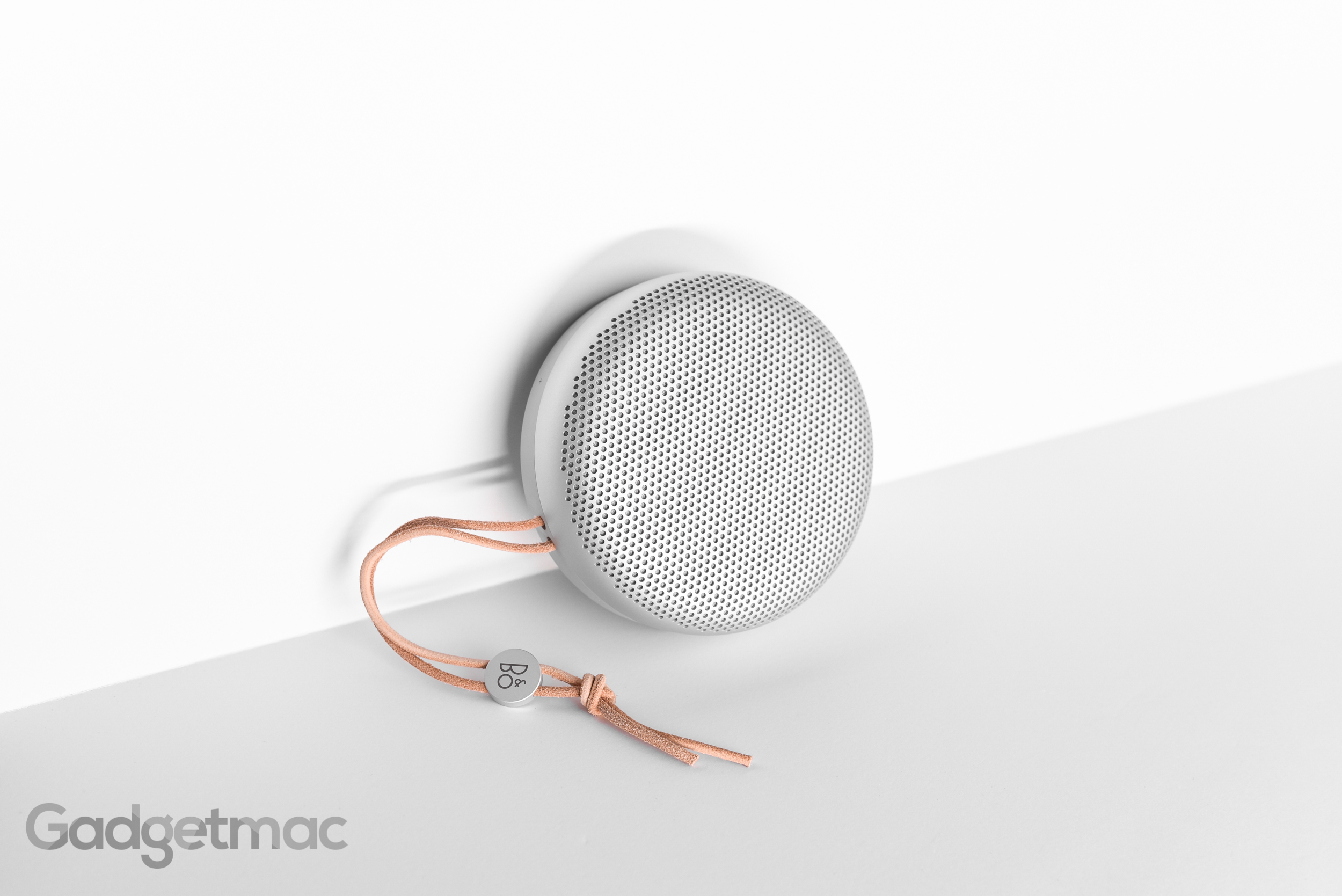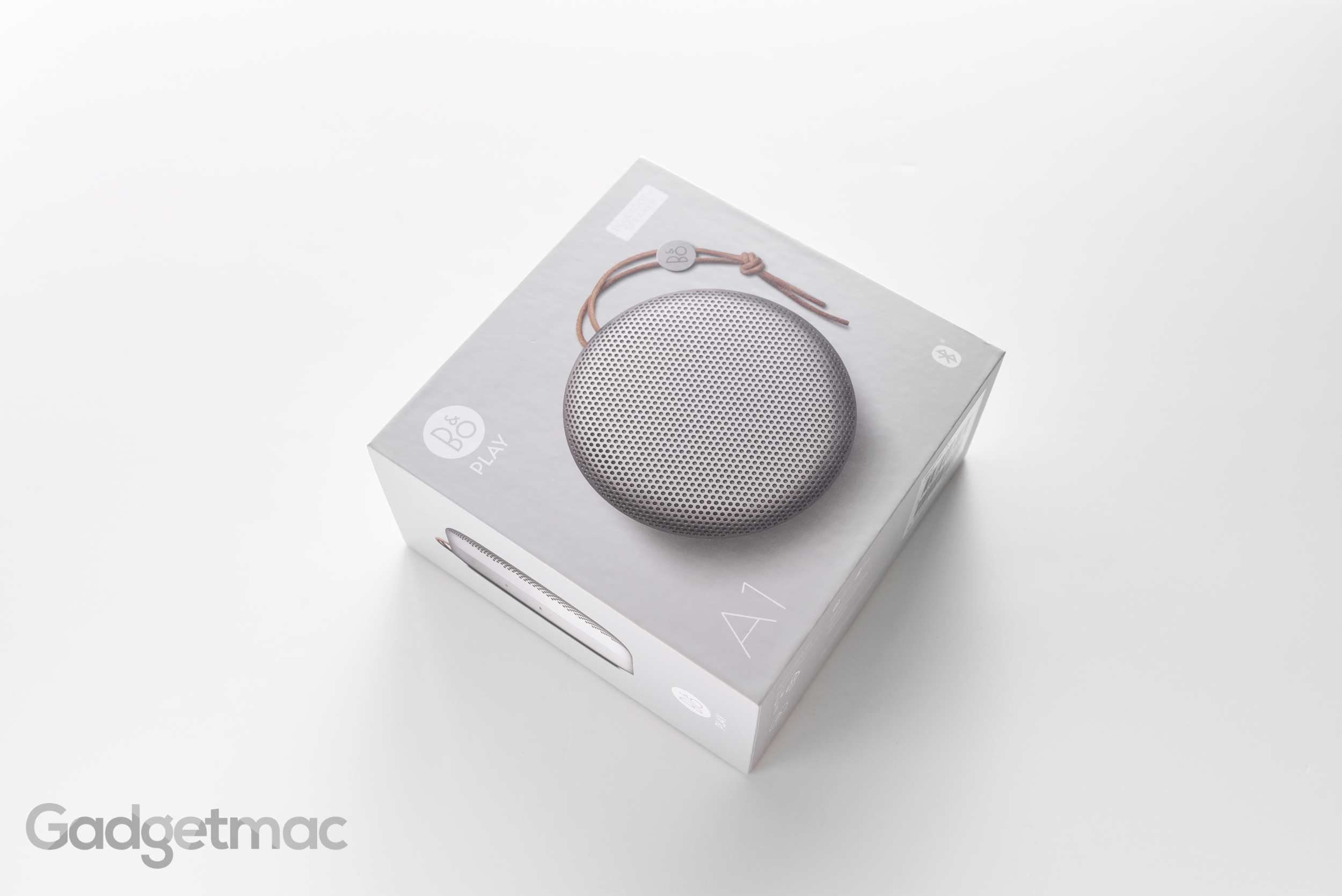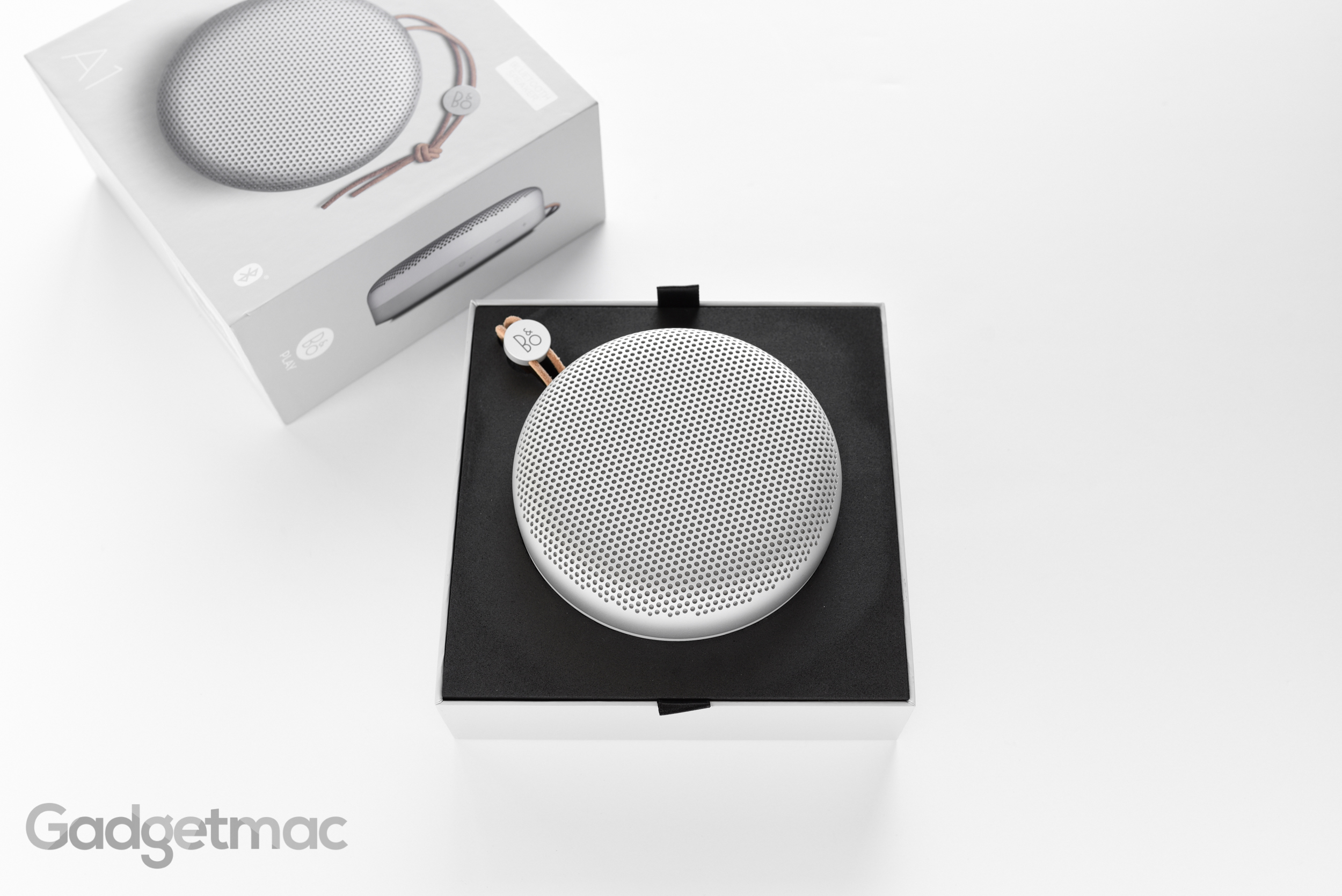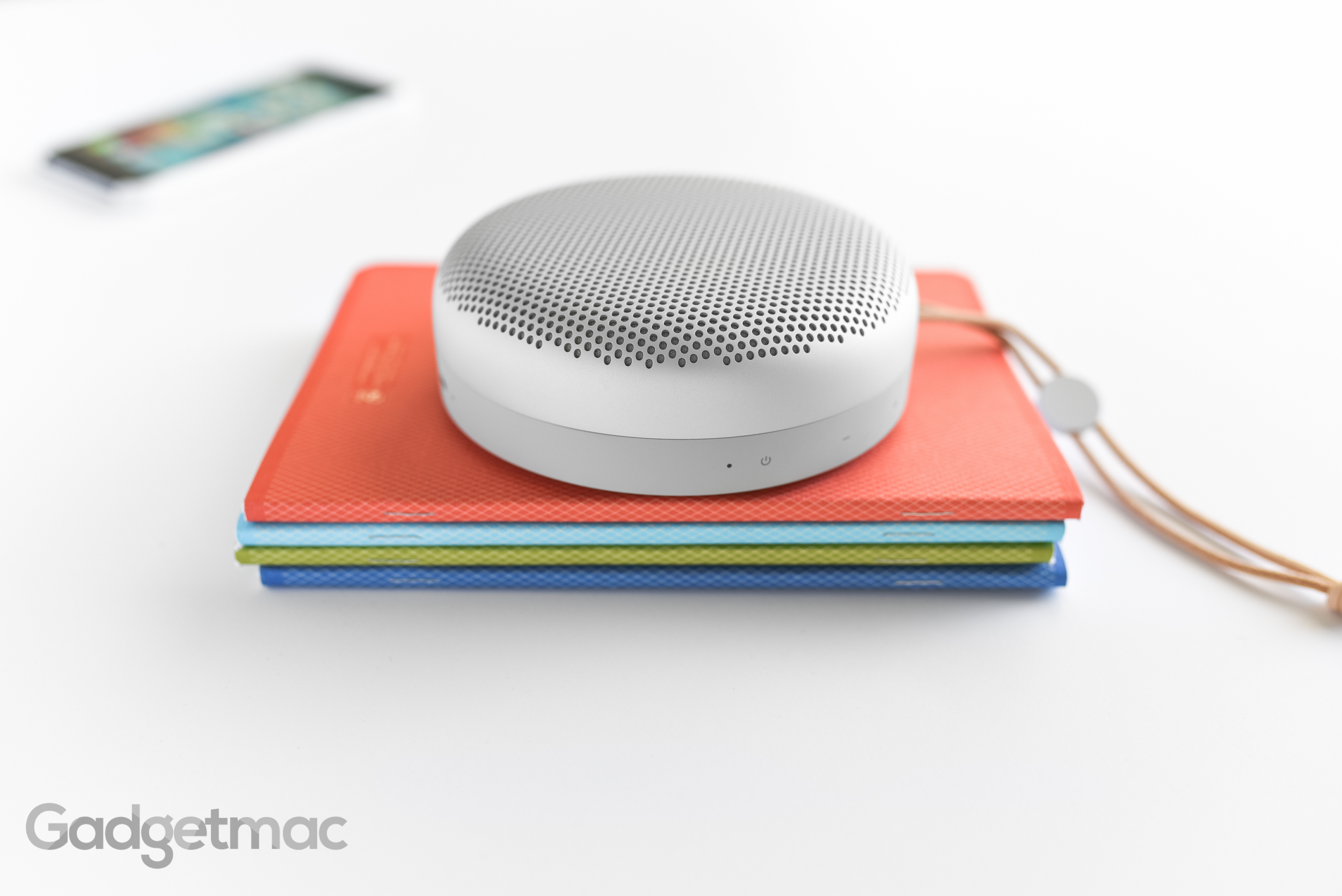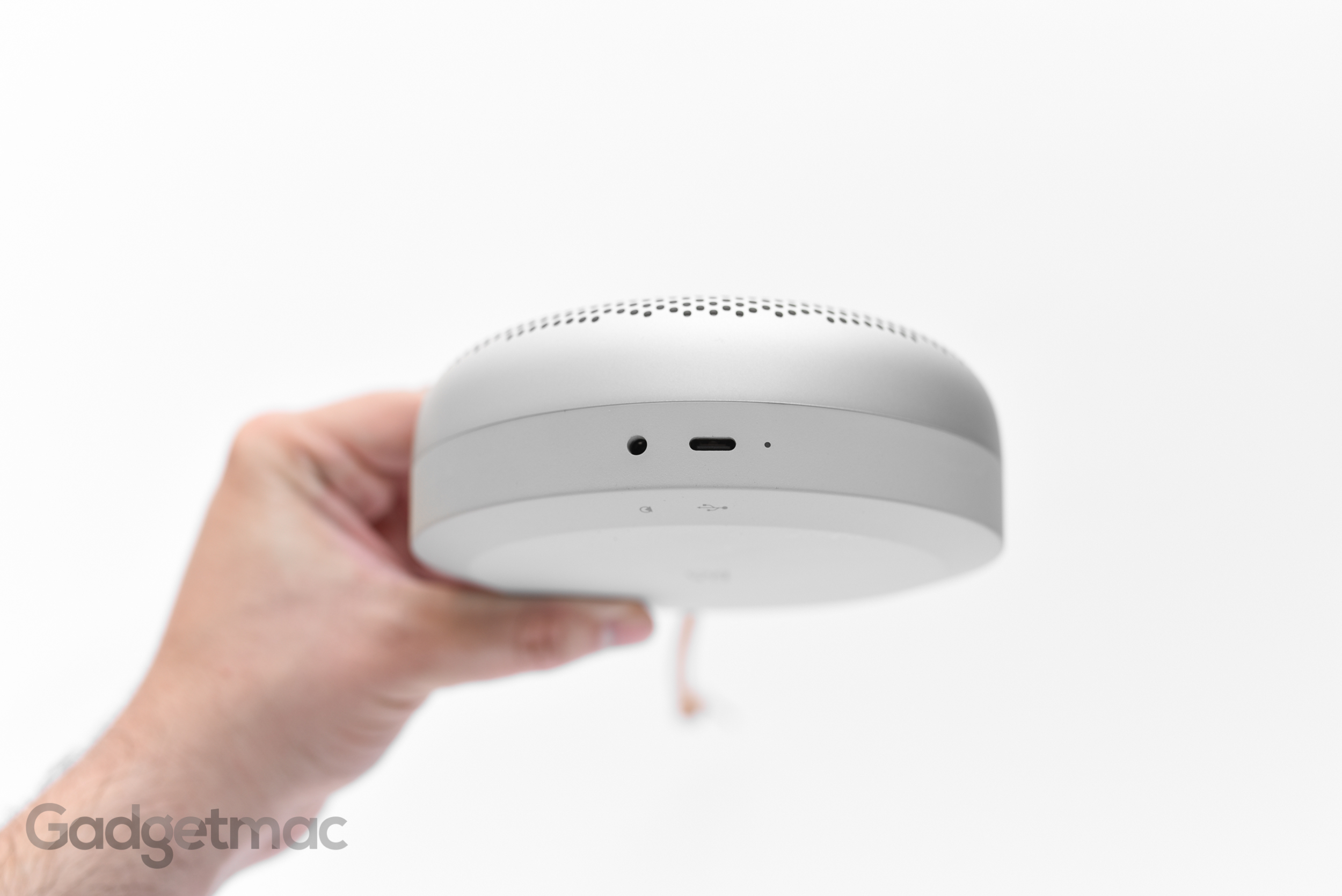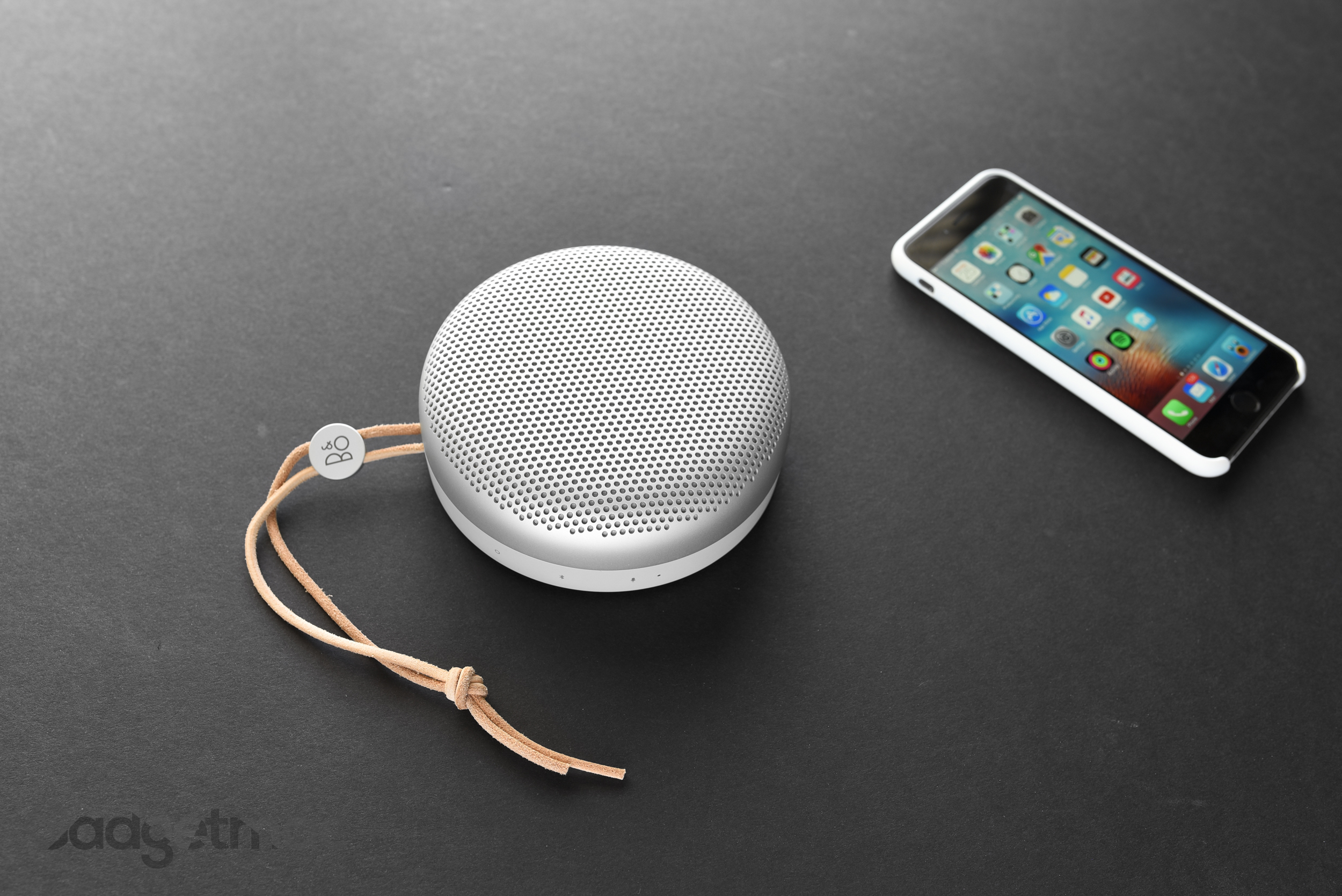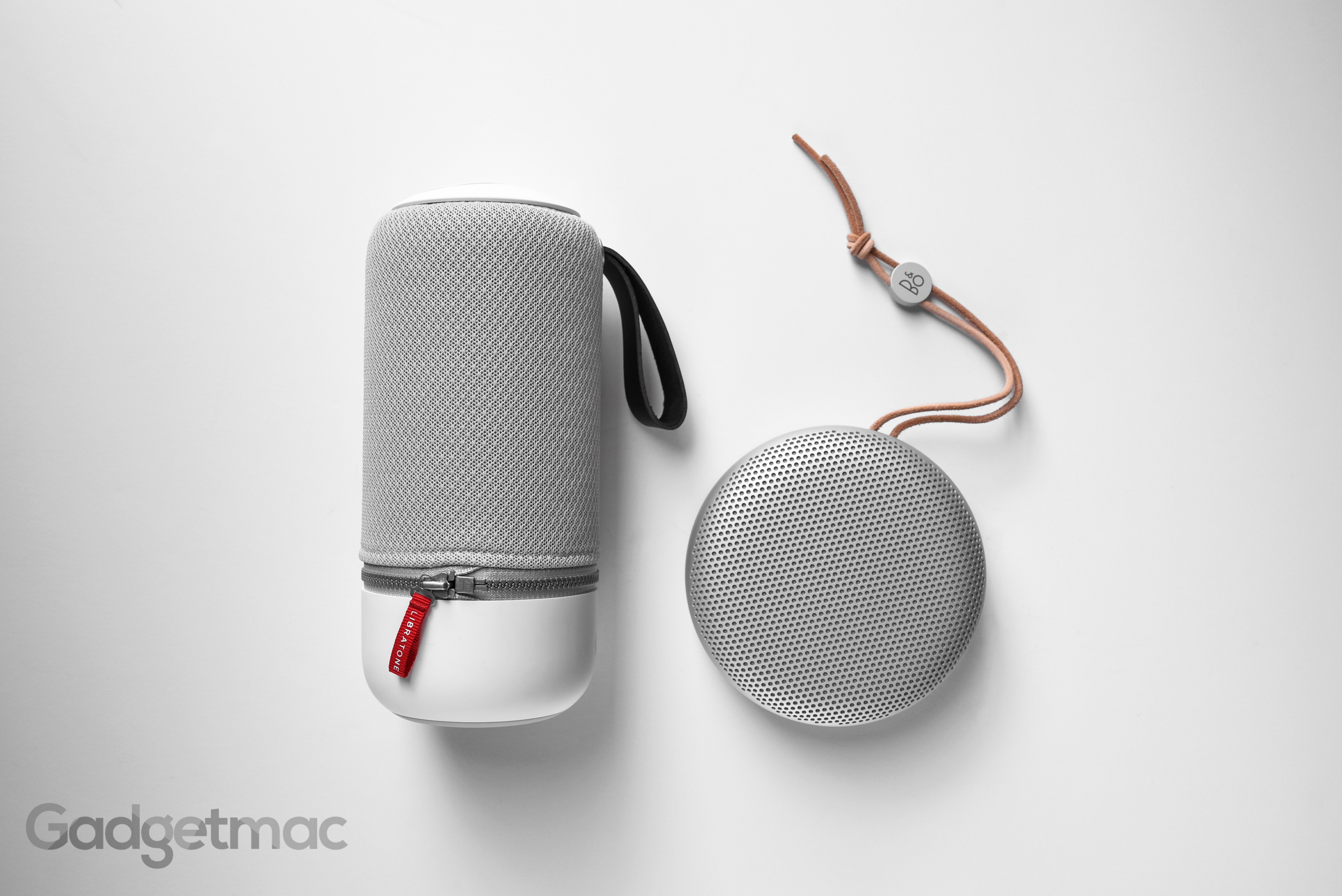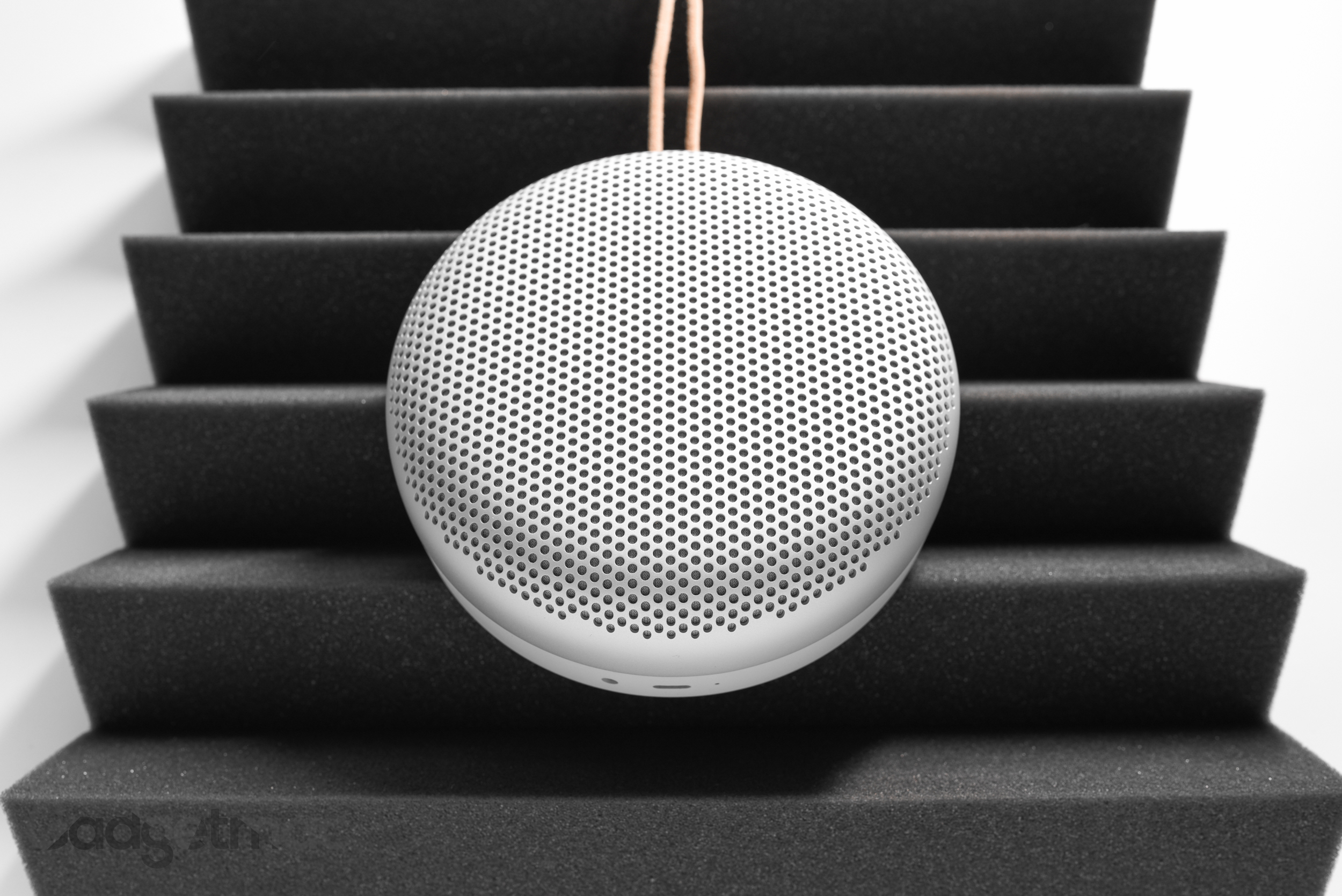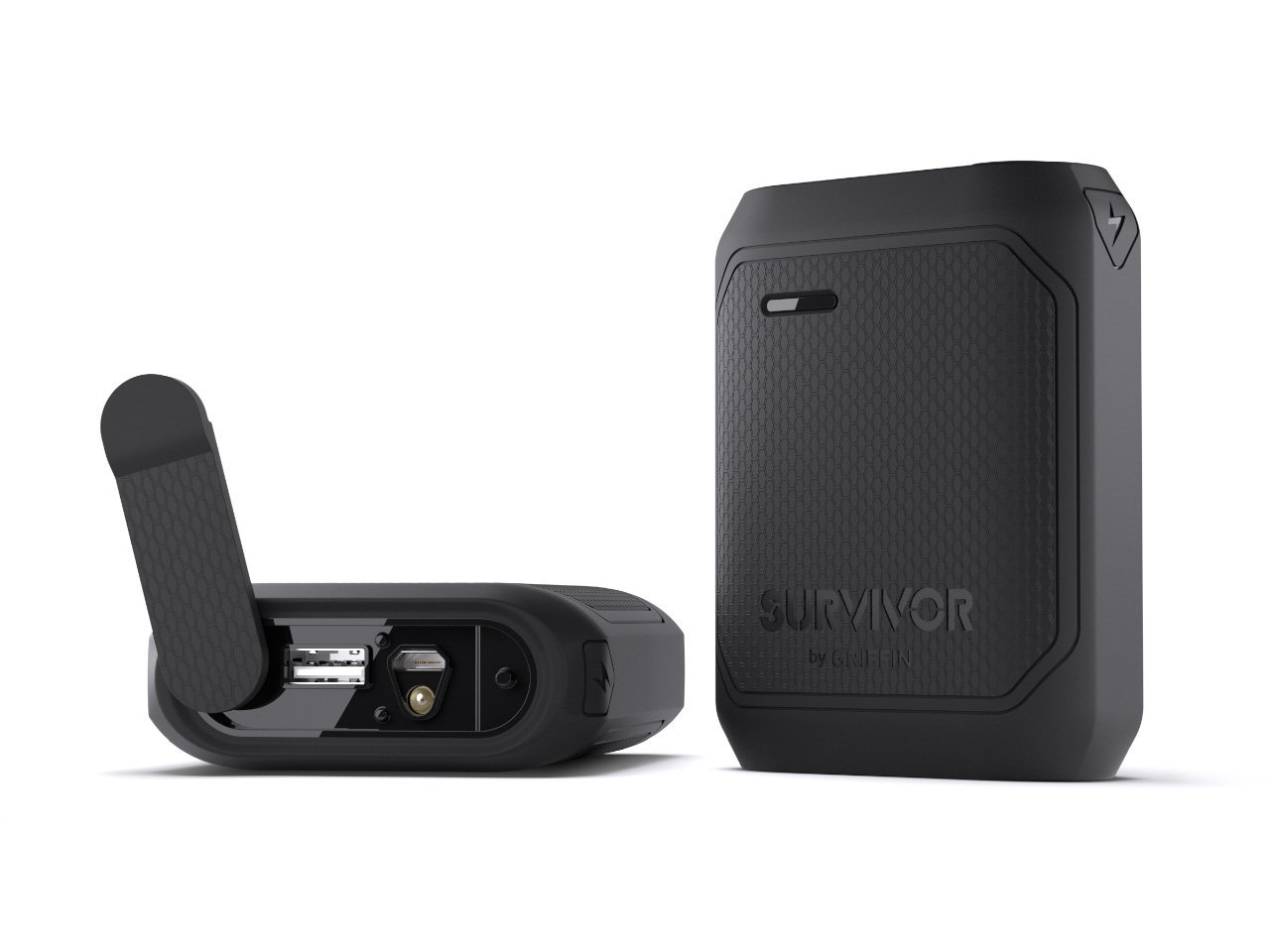Bang & Olufsen BeoPlay A1 Review
/Bang & Olufsen's strong design and audio prowess is a lethal and desirable combination that makes consumers want to throw their money at anything this Danish household name crafts. In a competitive move towards making its wireless speakers more affordable, B&O has set out to create a smaller version of its A2 portable speaker with a more appealing price of admission. Meet the BeoPlay A1. This much smaller, lighter and more portable speaker features everything you'd come to expect from B&O - impressive use of high quality materials and a contemporary design that might be worthy of an award or two. It's arguably one of the better looking portable speakers on the market right now...and it sounds bigger than it looks too. So how does the BeoPlay A1 compare to some of the best portable wireless speakers out there? We've got it all covered in our full review down below!
The unboxing experience of unpacking an A1 is very much like unboxing an Apple product. And that's a very good thing indeed. Not only that, but the A1 speaker itself feels very much like a premium Apple product with a lot of similar, clean and highly polished design cues such as the impeccable aluminum finishing and the refined rubber polymer bottom complete with a USB-C port for charging and little details like the seamless button controls that are so well implemented into the A1's lower rubbery body.
Included with the speaker is none other than a USB to USB-C cable for charger. It's the first time we're seeing a USB-C type cable being used for portable speakers, which is a step in the right direction because unlike micro-USB connectors, USB-C has a reversible design meaning you'll never have to worry about plugging it in on the correct side.
As far as the durability and build quality of the A1, I can't see how Bang & Olufsen could have done a better job in designing a small portable speaker. The A1 feels like an amazingly made chunk of product engineering. It's an extremely solid speaker, that goes without saying really. The top half portion is made out of this extraordinary perforated aluminum dome that features a svelte, bead-blasted matte finish that is so fine you can't help but run your fingers across it every chance you get to hold it. The A1 is also said to be sand/water-resistant and its aluminum dome protecting the drivers inside can take some abuse. So wherever you take it you won't have to care for it like it's your newborn child. Maybe that's why Bang & Olufsen neglected to include a protective travel case.
And then there's the bottom half of the A1's impressive construction in that it's made out of a very high quality rubbery compound that is both grippy and designed to absorb vibrations. This is ideal as this makes the A1 a durable portable speaker that can be hung on a wall or positioned flat on a flat surface. The two materials meet seamlessly as well.
The round shape gives the A1 the ability to output sound upwards where it can be distributed all around rather than be pointed towards a specific direction like most portable speakers. So by sitting flat with the drivers pointing up, the A1 can produce 360-degree audio that sounds great from every angle. There are quite a few circular portable speakers out there that offer 360-degree sound like the $100 Ultimate Ears UE Roll, which is similar in size when compared to the A1 and also features a built-in cord. But that's about where the comparisons end. The A1 is at a whole different league when talking about audio and industrial design.
The volume, power, Bluetooth pairing, Connect and speakerphone buttons are all located around the outer edge of the speaker and are completely flush within the rubber base. That said, you can still press each and one of these buttons and feel a soft tactile button press through the rubbery material.
Located at the bottom is a 3.5mm audio input for optional wired connection to audio sources, and the A1's USB-C charging input. Fully charging the A1's internal battery takes around 3 hours. From our extensive battery performance testing we found that you're most definitely not going to be getting 24 hours of use out of the A1 if you play music above 40% volume, but rather around 4-5 hours at best, which is still relatively an acceptable figure for such a powerfully compact speaker. It's a shame that no one will actually be seeing anywhere near Bang & Olufsen's proclaimed battery life as normal listening levels, also known as the "sweet spot" of optimal audio performance, are above 40% on this particular speaker. It's also important to note that when the A1 reaches a low battery level it will limit the volume down to half its potential.
For size reference, an iPhone 6s Plus is larger than the BeoPlay A1's round diameter. Weighing 1.3lb, the A1 is easy to carry and pretty much fits into anything with an opening in it. But don't quote me on that.
But if you do want more sound facing towards your general direction like a normal front-facing speaker, you can actually hang the A1 up on a wall and pretty much off of anything you can find using its built-in leather strap. It's designed to sit flush against the wall creating a powerful sound output where it is facing. It makes for an interesting alternative usage scenario.
Although it wasn't designed to be stood up on its side, you can technically get away with that using the leather strap as a stopper to keep the A1 from rolling off the shelf or desk. It works surprisingly well without falling forwards or backwards when listening to bassy music on high volume.
Bang & Olufsen doesn't mess around when it comes to putting together a speaker, no matter the size. The BeoPlay A1 in particular is by far and away the best sounding portable speaker we've reviewed that can fit into a pocket. And yes, this speaker will fit into your pocket guaranteed. When every other speaker delivers directional audio, the A1 literally fills any room and environment with impressively powerful sound that can be enjoyed from every direction. And the sound that the A1 can produce is really fulfilling too. It marks off every box for what people look for in portable audio.
The A1 delivers very rich and detailed sound with a quality natural bass that's super thick and bold for such a small form factor. Highs are especially clear sounding and have an amazing isolated presentation thanks to that dedicated tweeter. And the midrange has got a fluffy, balanced forwardness to it so it never gets left behind and sounds great producing those important details with absolute clarity. I honestly didn't expect to like the A1 as much as I do after spending a few days with it. It really is impressive.
Like most portable speakers of this size, the A1 also seems to reduce its bass effectiveness when going above 75% in volume, yet it still sounds fuller at high volume compared to every other similarly sized speaker there is. And while the A1 can play very loudly without distorting or noticeably reducing bass response, playing bass heavy tracks like Drake's Jumpman does produce some bass rattle at full volume.
The A1 absolutely smokes the UE Boom 2, and while the Flip 3 and Charge 2 come close to sounding as good as the A1, they simply can't touch the A1's incredibly rich and full sound quality. It also outclasses the Beats Pill+, UE Megaboom, Bose SoundLink Mini 2, Sony SRS-XB3, Denon Envaya Mini, and the Harman Kardon Esquire 2...just to name a few.
The biggest difference between the A1 and the Charge 2 is that the A1 has less of an exciting punch and sounds more natural and calm compared to the Charge 2's boosted bass, which is not present on the latest Charge 3 model. The A1 makes the Charge 2's sound like it's hiding around the corner with its covered-up midrange in comparison. That being said, the Charge 2 sounds really good next to the A1 given the price difference. It even produces deeper lows and an overall thumpier sound signature. But after a closer listening, you can hear the difference in overall quality that the A1 produces, which has far greater sonic detail and overall clarity across the frequency range despite not sounding as party-esque. As for the newer Charge 3 speaker from JBL, the A1 struggles to justify its cost-to-audio performance ratio, especially when comparing the two speakers outdoors.
You can use the BeoPlay app to change the A1's sound using EQ presets or by manually sliding around to introduce more warmth, brightness, midrange treble and more, through this really intuitive EQ chart. After playing around with the settings for a while I've found that I preferred how the A1 sounded as it was without any custom audio adjustments. That said, I think that the "Excited" setting can provide an alternative sound signature that sounds quite good and adds more vibrancy to the A1's default sound signature. It's also worth noting that any custom audio tuning you've made in the app will be saved on the speaker itself.
You can also use this app to wireless connect a second A1 speaker to create a stereo sounding setup, or have both play the same audio in different places around the house.
Another noteworthy Danish company that makes some incredibly well designed, unique wireless speakers is Libratone. And just so happens that we've gotten our clean hands on the company's newest offerings which we of course had to compare against the BeoPlay A1. The Zipp Mini from Libratone is obviously not nearly as compact or as lightweight as the BeoPlay A1, but it does offer also offer some really great sound. At $250, the Zipp Mini also serves up an immersive omni-directional sound output and has some neat features that the A1 lacks such as colorful interchangeable covers, touch controls, and the capability of wirelessly connecting up to six speakers through Wi-Fi for a multi-room audio streaming setup. While there's not a significant difference in sound quality between the two speakers, I do have to give the win to the BeoPlay A1 as it sounds ever so slightly more dynamic, which is really impressive considering the significant size difference.
The audio that comes out of this hand-sized speaker is astonishing. Not only is the BeoPlay A1 one of the better designed ultra-portable speakers we have looked at, it's by far and away the best sounding portable speaker we have ever reviewed at under $250. Don't let the small size fool you. The BeoPlay A1 produces pure, crystal clear sound with full-sounding bass and 360-degree audio dispersion. If you're someone that cares a lot about great design and high quality materials, you'll love what Bang & Olufsen created here.
That said, battery life is one of the only disappointing caveats of the BeoPlay A1. You'll never get that advertised 24 hours of use if you use your speaker at slightly above half volume, which is when the A1 sounds its best, but more like 5 hours. Still, we think that's an acceptable compromise for such a compact portable speaker that sounds this good compared to other popular models with very similar battery performances.
It's very plausible that JBL's Charge 3 will be able to match the BeoPlay A1's audio prowess as we already know it outperforms the Charge 2, but at nearly half the cost. Until we can test the two speakers ourselves, we can highly recommend the BeoPlay A1 as the high-end ultra-portable speaker to get.






